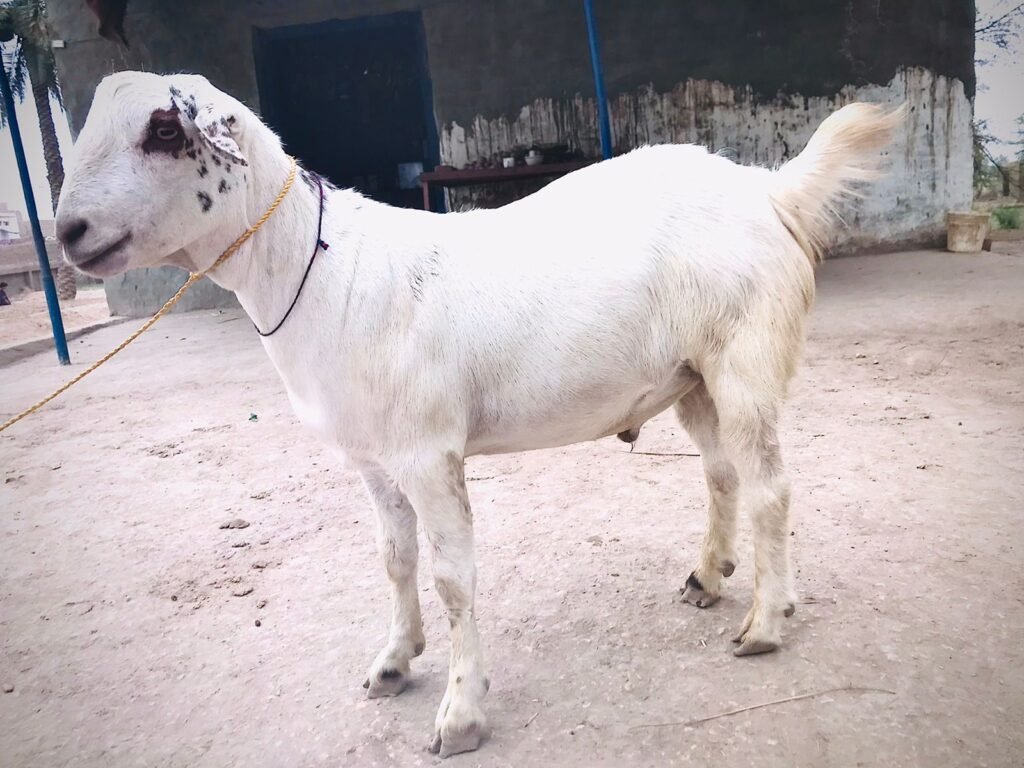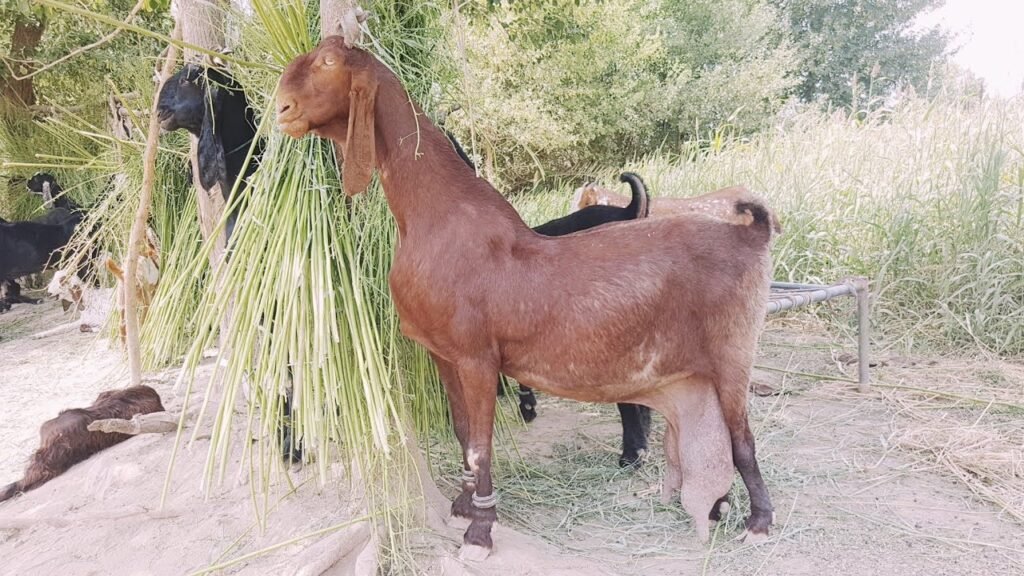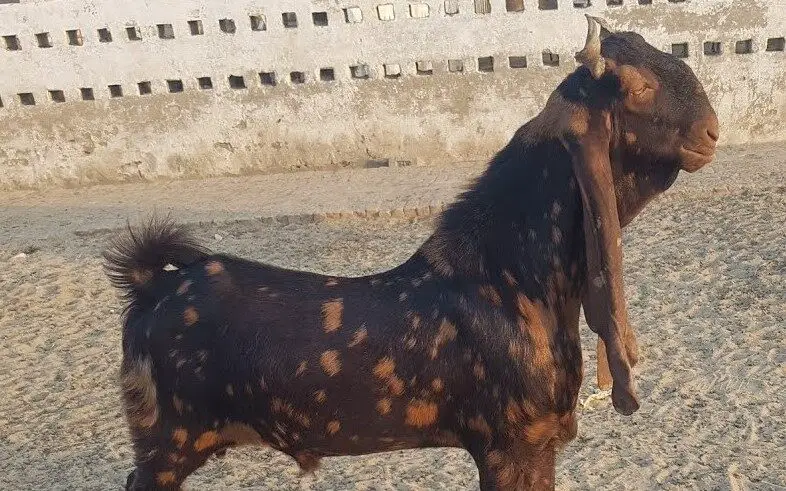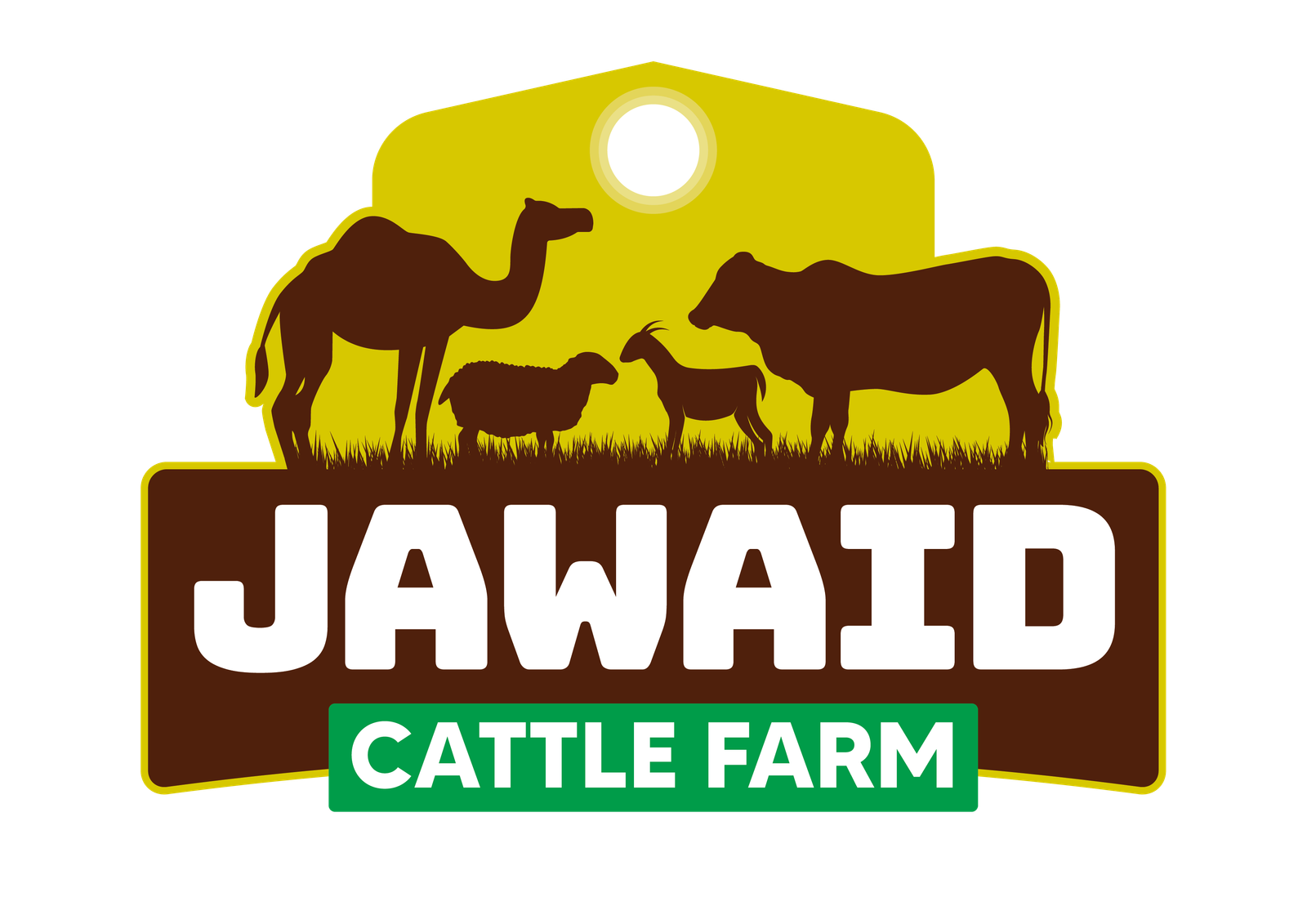Teddy goat
The Teddy goat stands out as a top pick among goat breeds across Pakistan. Renowned for its delectable meat, it’s the go-to choice for many goat farmers in the region. These goats are incredibly resilient, capable of thriving in diverse environments, and boast an impressive immunity to most common goat diseases. With their remarkable reproductive capabilities, the Teddy goat population experiences a significant surge year by year, owing to their rapid multiplication. Despite their small stature, they’re mighty in their ability to produce ample quantities of meat. While they may not be heavy milk producers, their efficiency in meat production within a short time frame makes them a prized breed among goat farmers.

Gulabi Goat
With its striking beauty and distinctive pinkish hue, the Gulabi Bakra holds a special place as one of the most sought-after goat breeds. Originating from the lower Punjab region of Pakistan, it’s commonly found across Punjab, Sindh, and Khyber Pakhtunkhwa. What sets this breed apart is not just its mesmerising appearance, but also its high-quality meat, renowned for its tenderness and succulence. The Gulabi Bakra owes its unique characteristics to a blend of four native Pakistani goat breeds: Kamori,
Beetal, Rajanpuri, and Pateri bakra. This cross-breeding has resulted in a goat with a distinct pink nose and a stunning overall appearance that captivates onlookers. Beyond their aesthetic appeal, Gulabi Bakras are valued for their dual-purpose nature. They’re not only raised for their premium-quality meat but also for their milk, which is rich in fats and proteins.

Nachi goat
Nestled within the picturesque districts of Jhang, Multan, and Muzaffargarh in Punjab Province, Pakistan, the Nachi goat emerges as a distinctive breed cherished by farmers across the country. Renowned for their remarkable versatility, Nachi goats effortlessly yield top-notch meat, milk, and wool, making them a valuable commodity for farmers in Pakistan.

Kamori goat
Found predominantly in the districts of Dadu, Larkana, and Nawab Shah, these goats boast a sizable physique that sets them apart. What distinguishes the Kamori goat is its distinctive appearance, characterised by unique colours and body shape. With their long ears and necks, they effortlessly catch the eye of onlookers. While they are renowned for their beauty, they are equally valued for their dual-purpose nature, excelling in both milk and meat production. Primarily raised for dairy purposes, Kamori
goats can yield an average of 1.5 litres of milk per doe. However, they also prove to be a worthy choice for meat production, showcasing their versatility and value to farmers in the region.

Beetal goat
Originating from the Batala area in the Gurdaspur district of the Punjab region, near the India-Pakistan border, the Beetal goat is a resilient breed found across both countries. With its sturdy build, characterised by a long and compact body, along with a lengthy neck and short ears, this goat is
well-adapted to the local climate. One of the key attributes of the Beetal goat is its ability to produce an average of 1.5 to 3 litres of milk per day, making it a prized choice for dairy farming. Its meat is also highly regarded for its distinctive flavour, earning favour among local communities. What sets the Beetal goat apart is its resilience to diseases and harsh climates, thanks to its thick fur coat.

